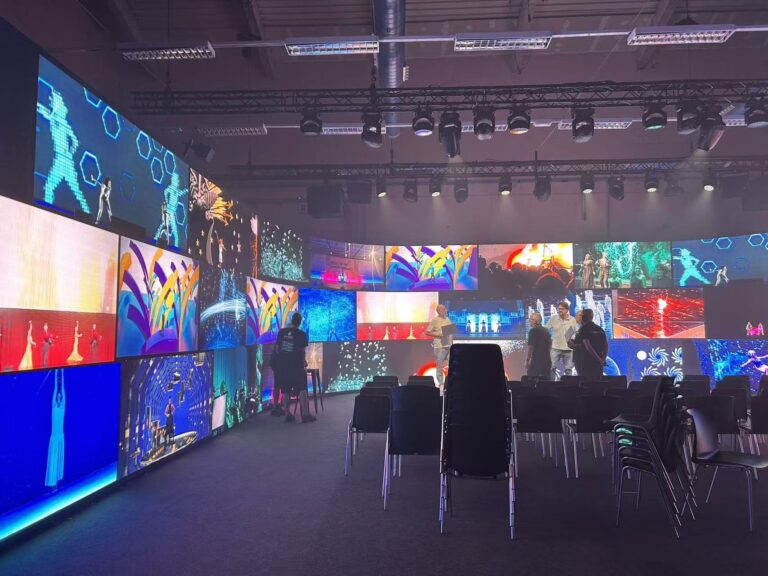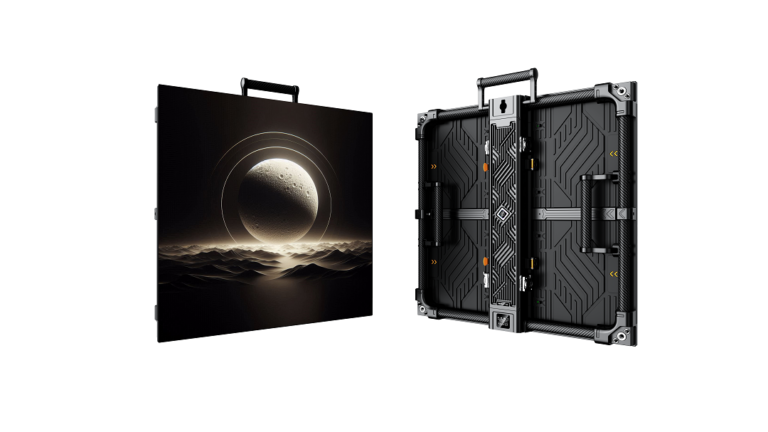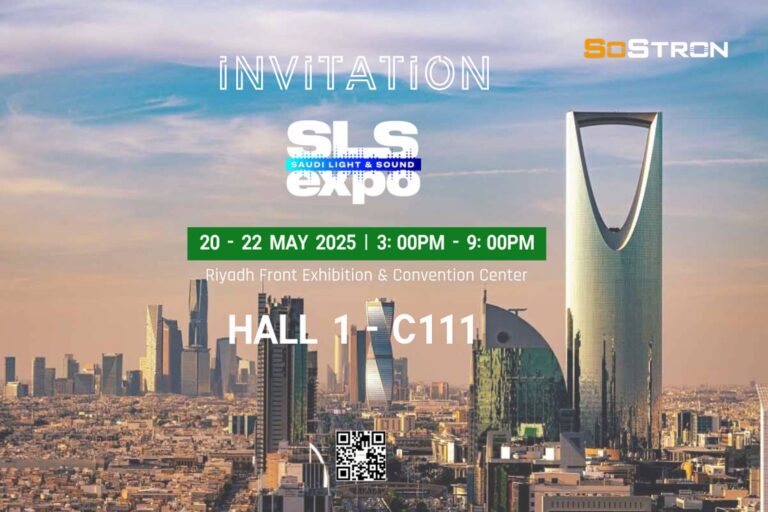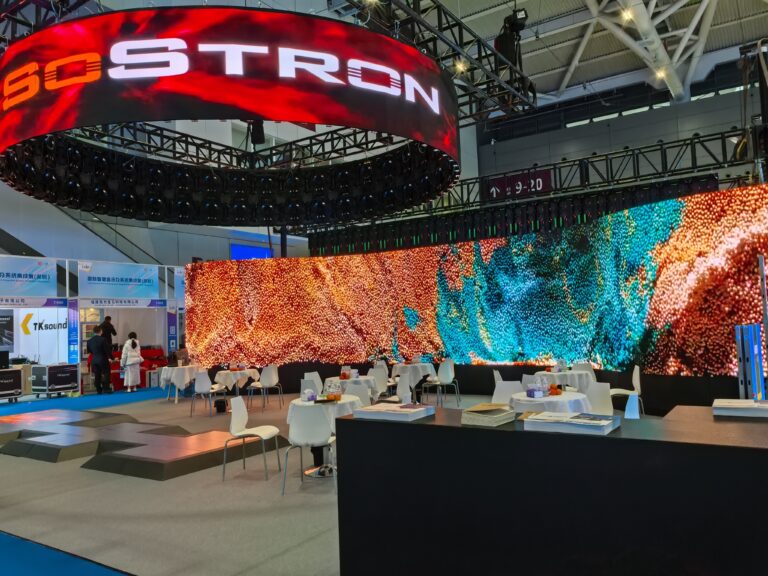Since the birth of the LED display, it has been changing with each passing day and strives for perfection, making the display colorful and dazzling. There is a display function in the front, and there is a demand for highlighting art in the back. The application range of LED rental screens is becoming more and more extensive. In many large-scale evening parties, commercial performances, and event sites, LED displays are required to render the atmosphere of the scene, and also to transmit clear performance images to the audience on-site and off-site.
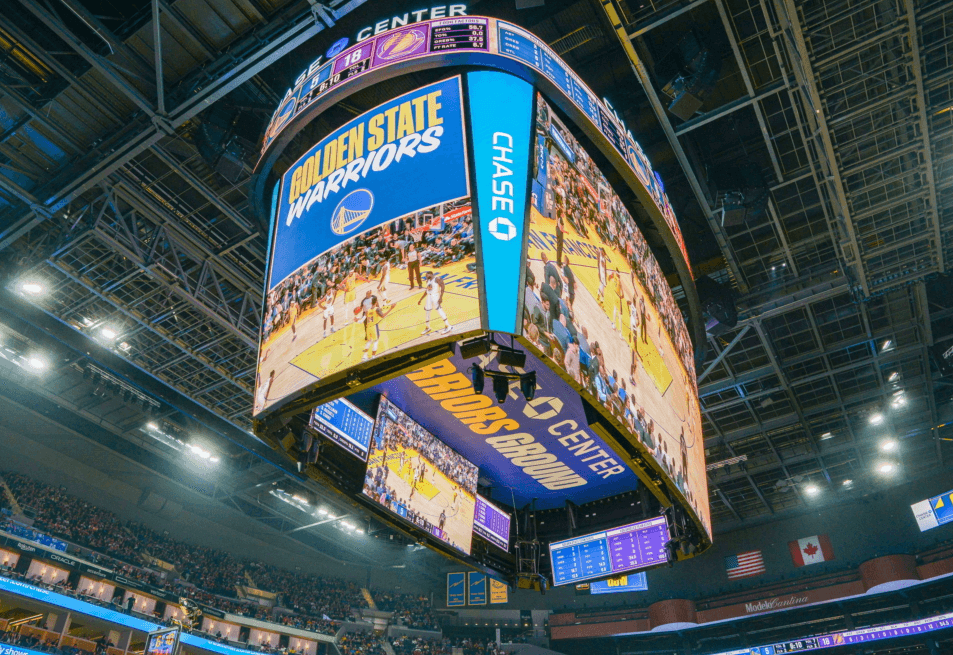
Features of LED rental screen
High Brightness and Visibility: With high brightness, the LED rental screen can maintain good visibility even in bright environments, making it stand out in both outdoor and indoor events.
High resolution: LED rental screens can provide high-resolution visual effects, and the display content is clear and sharp. It is suitable for playing pictures, videos, animations and other content.
Customizability: LED rental screens can be customized in size, shape and resolution according to event needs to suit different venues and uses.
Modular design: LED rental screens are usually composed of modules, which can be disassembled and assembled, making the installation and disassembly of the screen more flexible and convenient.
Portable and portable: LED rental screens are usually made of lightweight materials, which are easy to carry and arrange, and are suitable for mobile activities and temporary installations.
Uses and applications of LED rental screens
LED rental screen has the characteristics of high brightness, high resolution and customizability, so it has a wide range of uses and applications in various occasions. How much is the led stage rental screen?
Events and performances:
In large-scale events such as concerts, music festivals, and sports events, LED rental screens can be used to broadcast performance information, live broadcasts, bright visual effects, and stage backgrounds. In fashion events such as fashion shows and fashion conferences, LED screens can display content such as model catwalks and brand promotion.
Conferences and Exhibitions:
In business conferences and industry exhibitions, LED rental screens can be used to display speaker slides, product displays, real-time data and other information to enhance the audience’s sense of participation and the effect of information transmission.
Advertising and Publicity:
Cinemas, entertainment centers and other places can use LED rental screens to play movies and sports events, providing audiences with an immersive visual experience.
Sports Events:
At the scene of sports events, LED screens can be used to play live games, replays, statistics, etc., to provide a better viewing experience.
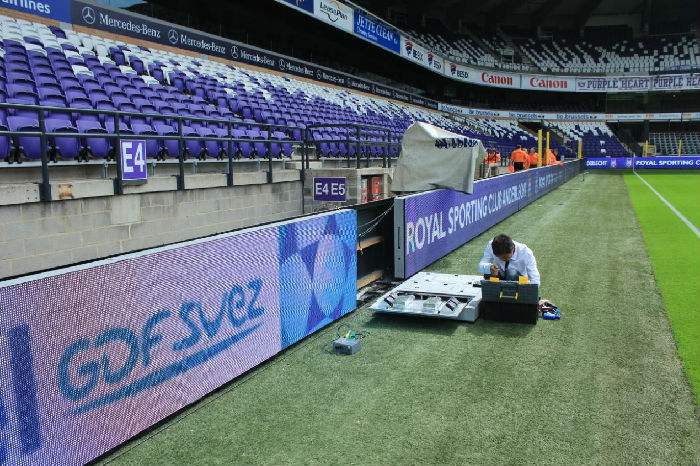
How is the rental big screen assembled?
The assembly of LED large screen usually involves the following main steps. Please note that the specific assembly process may vary depending on the LED screen model, supplier and site conditions. The following is a general overview of the assembly process:
Preparation:
Prepare the required LED screen modules, brackets, connecting wires, etc.
Check that the LED screen module is intact and confirm with the supplier that all required components are ready.
Bracket construction:
To build the stand frame, the design and construction of the stand may vary depending on the size and purpose of the rental screen. The stand needs to provide adequate support and stability.
Module installation:
Install the LED screen modules on the bracket one by one. Typically, modules are secured to brackets using screws or other attachment means.
Make sure that the connections between the modules are firm and not loose or disconnected.
Cable connection:
Connect the power and signal wires between the LED modules. These lines are usually connected by connector plugs to ensure a tight connection and not easy to disconnect.
Corrections and adjustments:
After the installation is complete, correct and adjust the LED screen. This may include things like brightness calibration, color calibration, and pixel alignment to ensure a consistent, high-quality display across the screen.
test:
After the screen is installed and aligned, test to make sure all modules and wiring are working properly.
Check the screen for dead pixels, uneven brightness, etc.
Content loading and testing:
Load the prepared content onto the LED screen, ensure that the content is displayed normally, the resolution is adapted, and perform a playback test.
Adjust the display of the content as desired.
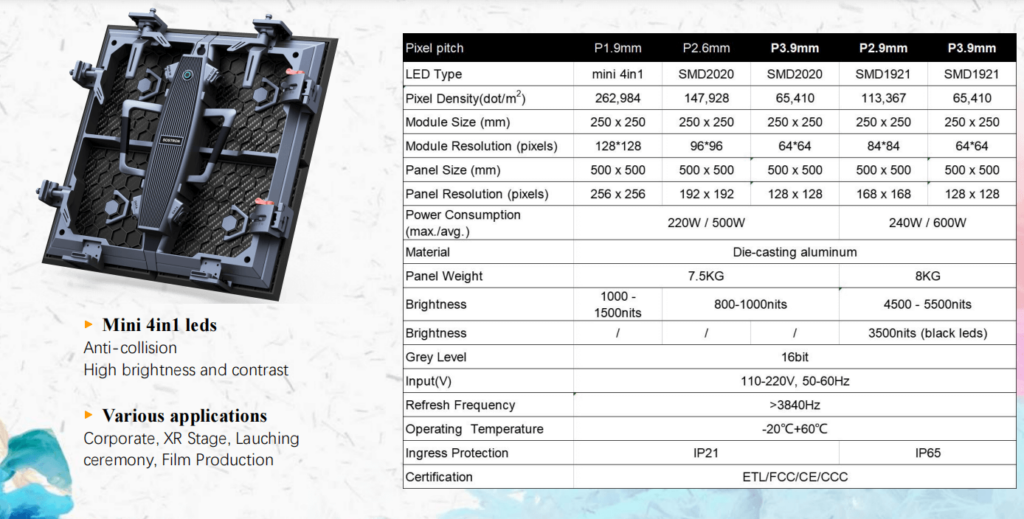
Compare buying and renting LED screens
Buying or renting an LED screen depends on your specific needs, budget and long-term plans. Here are some considerations that can help you decide whether buying or renting an LED screen is right for you:
Advantages of buying LED screens:
Long-term investment: Purchasing an LED screen is a long-term investment, you own the equipment and can use it in multiple events and occasions.
Autonomy: You are free to decide when to use the LED screen, and how to configure and manage it, without being restricted by the rental contract.
Customization: You can choose the appropriate LED screen specifications, sizes and features according to your needs to meet the needs of specific activities or uses.
Long-term cost savings: While the initial cost of purchasing an LED screen is higher, you may save on rental costs in the long run.
Permanent use: If you have continuous needs, such as permanent digital billboards, it may be more appropriate to purchase LED screens.
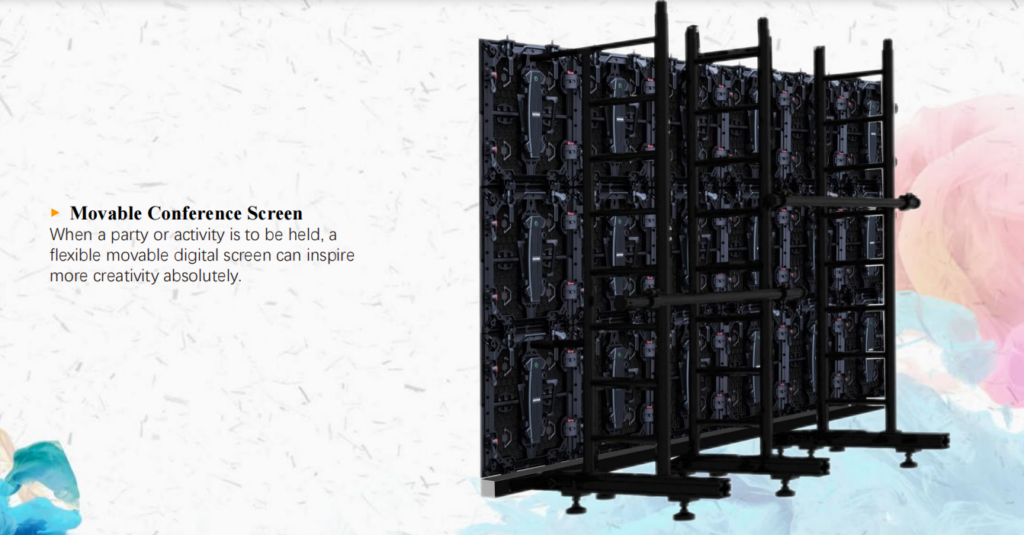
Advantages of renting LED screens:
Flexibility: You can choose different specifications and sizes according to your needs when renting LED screens to meet the requirements of different activities and occasions.
Maintenance-free: Leases usually include maintenance and technical support, so you don’t need to worry about repairs and maintenance.
Adapt to temporary events: For some temporary events, such as exhibitions, weddings, event sites, etc., leasing can be more economical.
Liquidity: Leases typically require less initial investment, helping to maintain liquidity, especially for those with a limited budget.
Updating technology: LED technology is constantly evolving, and leasing allows you to upgrade to new technology when needed without having to hold on to old equipment for long periods of time.
No need for storage and maintenance: After the lease ends, you don’t need to store the equipment, and you are not responsible for the long-term maintenance of the equipment.
All things considered, buying an LED screen is suitable for those situations that require long-term use, frequent use, or full customization. The rental of LED screens is suitable for temporary activities, limited budget, need for flexibility or unwillingness to undertake equipment maintenance and updates.
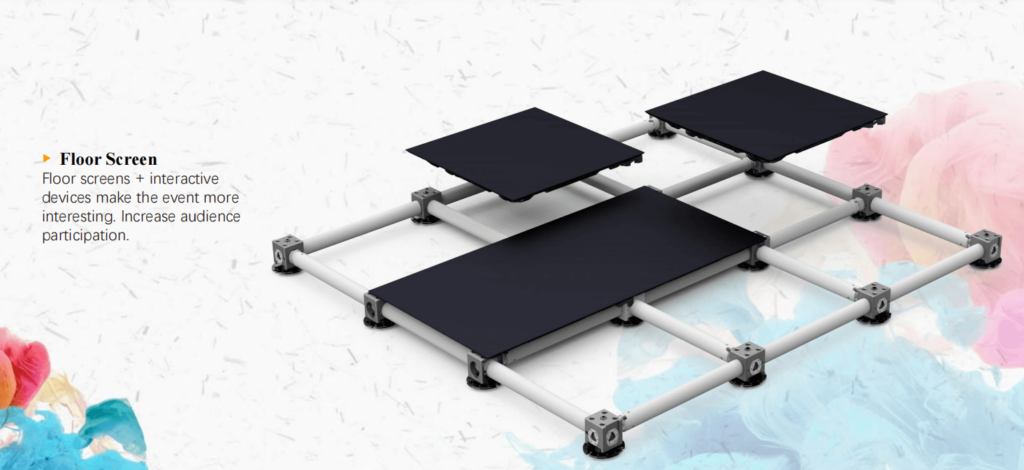
The process of leasing LED display screens from start to finish
Needs assessment and planning:
Determine the purpose and use of your rental LED display, such as holding events, exhibitions, performances or other activities.
Determine the number, size, resolution, and other technical specifications of the LED displays required.
supplier option:
Investigate LED display rental suppliers, compare prices, services, product quality and other aspects of different suppliers.
Select a supplier that suits your needs, contact them for details.
Quotes and Contracts:
Request a quote from the chosen supplier, making sure the quote is clear and includes rental costs, installation costs, shipping costs, etc.
If satisfied with the quotation, sign a contract with the supplier. The lease term, fee, insurance, responsibility allocation and other terms should be specified in the contract.
Install and test:
The supplier will send the LED display to the designated place for installation and construction.
Carry out a functional test of the LED display to ensure that all displays are working properly and the content can be displayed normally.
Content production and preparation:
Prepare the content that needs to be played on the LED display, which can be advertisements, promos, images, videos, etc.
Make sure the format and resolution of the content is suitable for playback on the LED display.
Play and manage:
Before or during the event, load the prepared content onto the LED display and play it.
Content is curated and adjusted in real-time, if necessary, to ensure content matches event needs.
Maintenance and support during the event:
During the event, monitor the operating status of the LED display to make sure everything is in order.
Suppliers may provide technical support, if required, to ensure that any issues that arise during the event are resolved in a timely manner.
End of Event and Demolition:
After the lease expires or the event ends, the supplier will dismantle the LED display and evacuate the site.
Do a final functional and cosmetic inspection to make sure there are no damage or issues.
Billing and return:
Settle expenses with suppliers, including rental fees, service fees, etc.
Return the LED display screen and related equipment in the manner agreed in the contract.
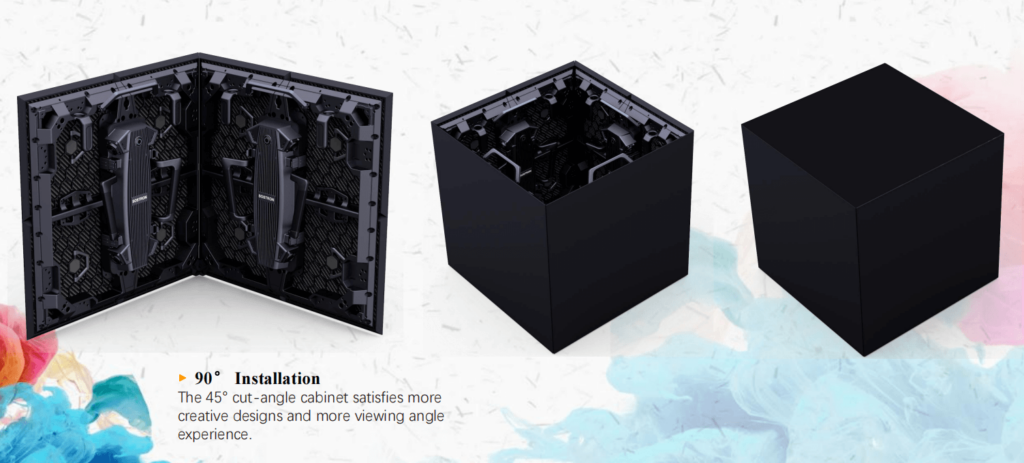
LED rental screen product types and prices
Indoor LED rental screen:
Suitable for indoor meetings, exhibitions, performances and other activities.
With high resolution and color reproduction ability, it presents clear images and videos.
Usually lighter, easy to handle and install.
Indoor LED rental screen price: 100-800 US dollars per square meter.
Outdoor LED rental screen:
For outdoor events, outdoor billboards, sporting events, etc.
With high brightness and waterproof performance, it can work normally under different weather conditions.
The structure is strong and can resist external environmental influences such as wind and rain.
Outdoor LED rental screen price: 200-1000 USD per square meter.
Curved LED rental screen:
It can be bent into different shapes as required, such as arc, circle, etc.
Suitable for occasions that require special shapes and creative effects, such as stages, exhibitions, etc.
Curved LED rental screen price: 200-800 US dollars per square meter.
Transparent LED rental screen:
With a transparent effect, it is suitable for windows, curtain walls, etc., and will not completely block the vision behind it.
It can maintain a sense of transparency indoors and outdoors while playing content.
Price of transparent LED rental screen: 100-1000 USD per square meter.
Creative LED rental screen:
These screens come in a variety of creative shapes and designs, such as spherical, cubic, irregular shapes, and more.
It is used for unique display needs and can attract more attention.
Creative LED rental screen price: 200-800 US dollars per square meter.
Interactive LED rental screen:
Integrate touch or motion sensing technology to enable viewers to interact with the screen.
It is suitable for occasions requiring interactive experiences such as exhibitions and museums.
Interactive LED rental screen price: 100-900 US dollars per square meter.
LED screens are the perfect option for large audiences and vivid images. They give the event a richer experience while also helping to generate more revenue. As your LED screen rental expert, we have prepared a rental plan for you. Get started by visiting our LED screen rental page to get a free quote!


